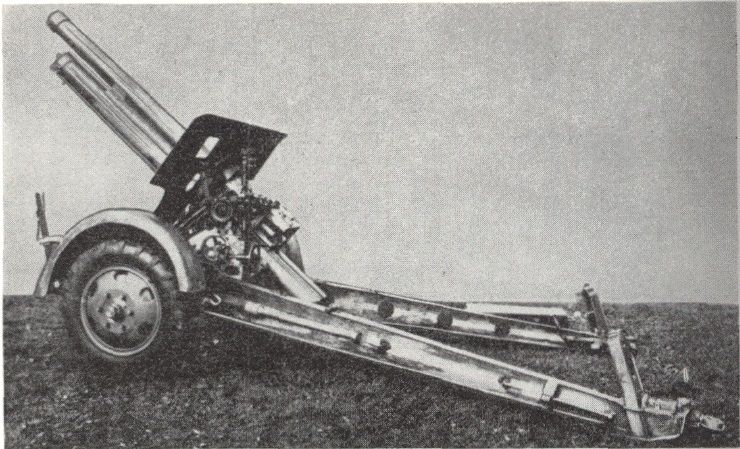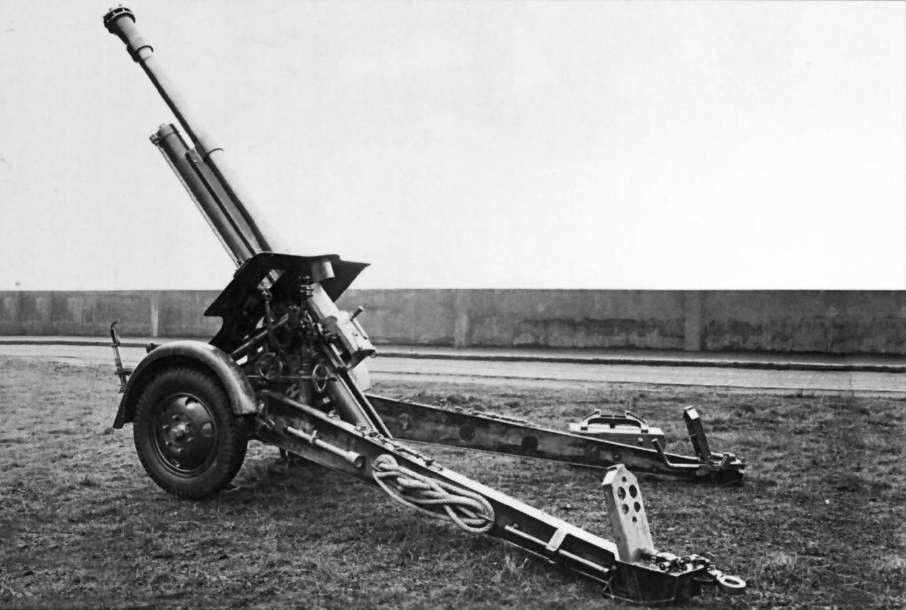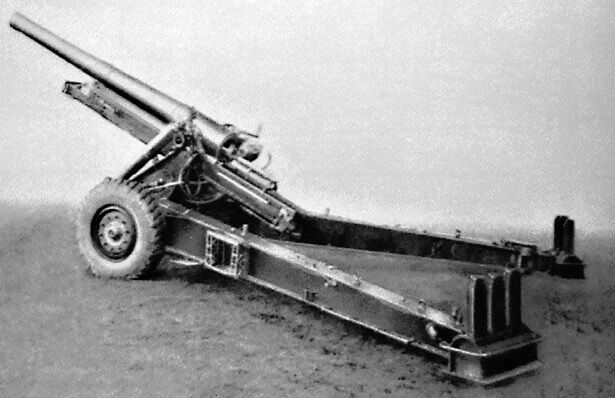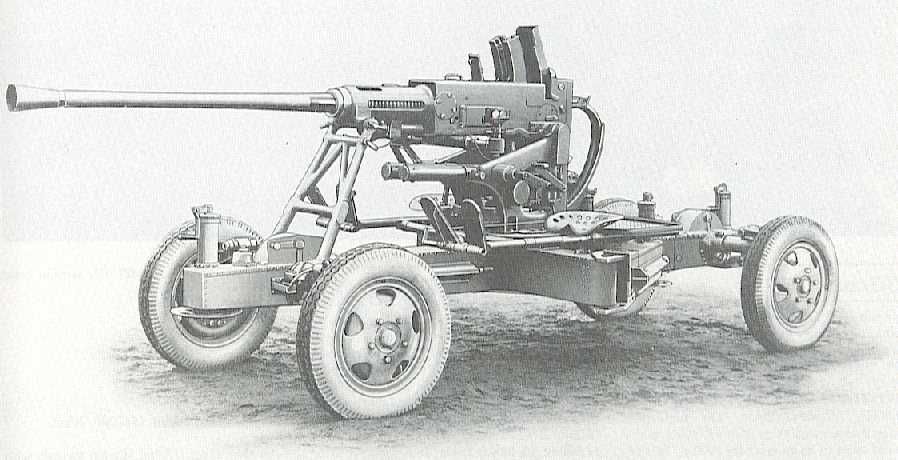General
Among the procurement programs set in train by Galvez government was the refurbishment of the Ejército’s artillery park. Conflicts during the 1930s had shown the Ejército to be woefully deficient in that vital arm. Attempts were made to procure modern guns from Germany but this move proved ultimately unsuccessful; better results were obtained from a mission to Czechoslovakia, where contracts were placed for several new pieces of artillery.
The Skoda Works of Pilsen had developed a series of export designs of which the 75mm E7 was selected by the Ejército del Perú to replace, in part, its stock of light field guns. The E7 was of modern design, with a split trail and could be drawn by horse or motor vehicle. One hundred guns, sufficient for twenty-four batteries, were ordered early in 1944 with the first deliveries commencing in August of that year. Following the fall of the Galvez government the decision was made concentrate future procurement on heavier 105mm howitzers.
Details
Caliber: 75mm L/29.7
Weight in action: 1,425 kg
Shell weight: 7.3 kg
Muzzle velocity: 570 meters/second
Elevation: + 45 degrees/- 6 degrees
Traversing angle: 50 degrees
Maximum firing range: 12,000 meters






